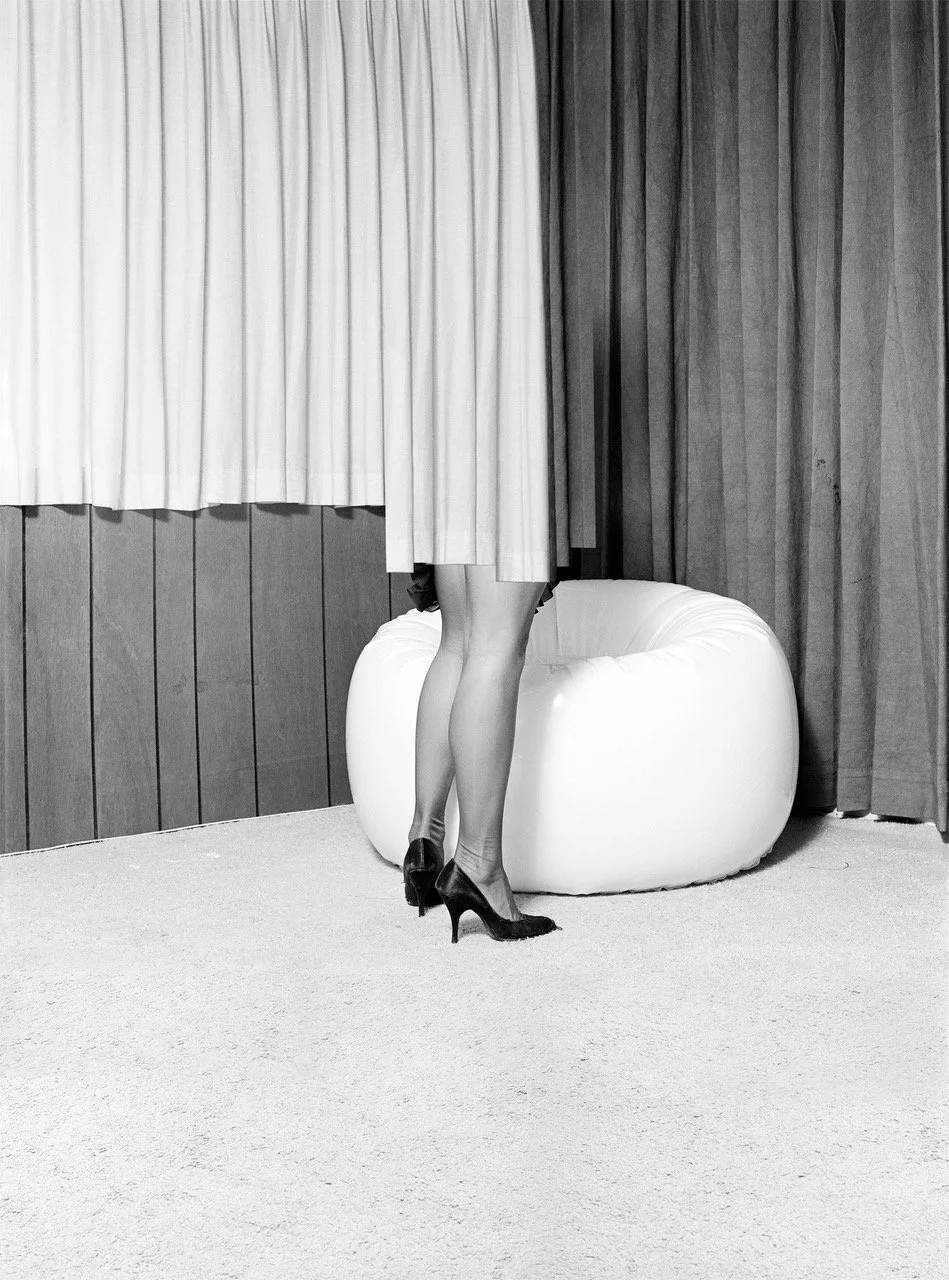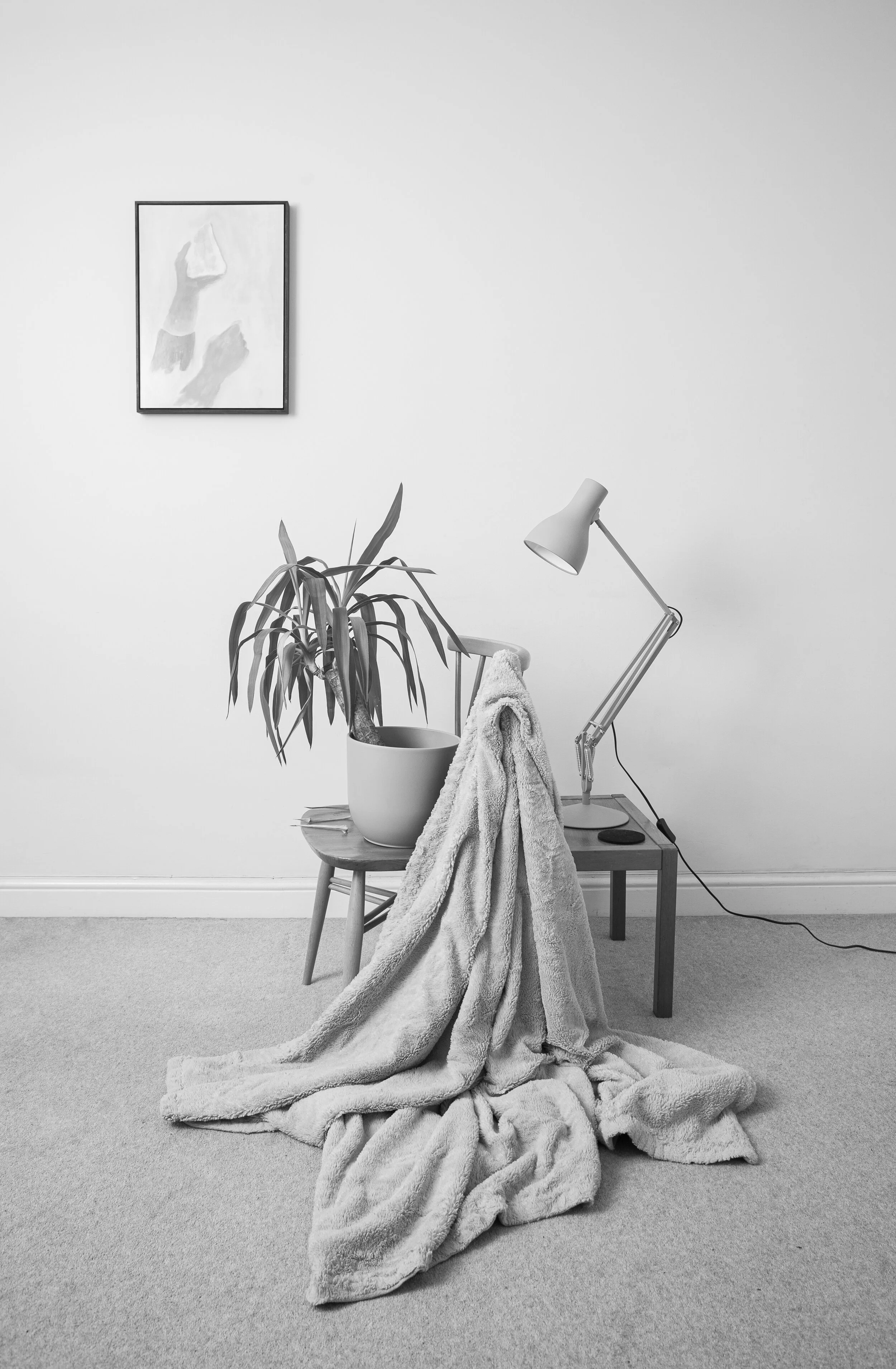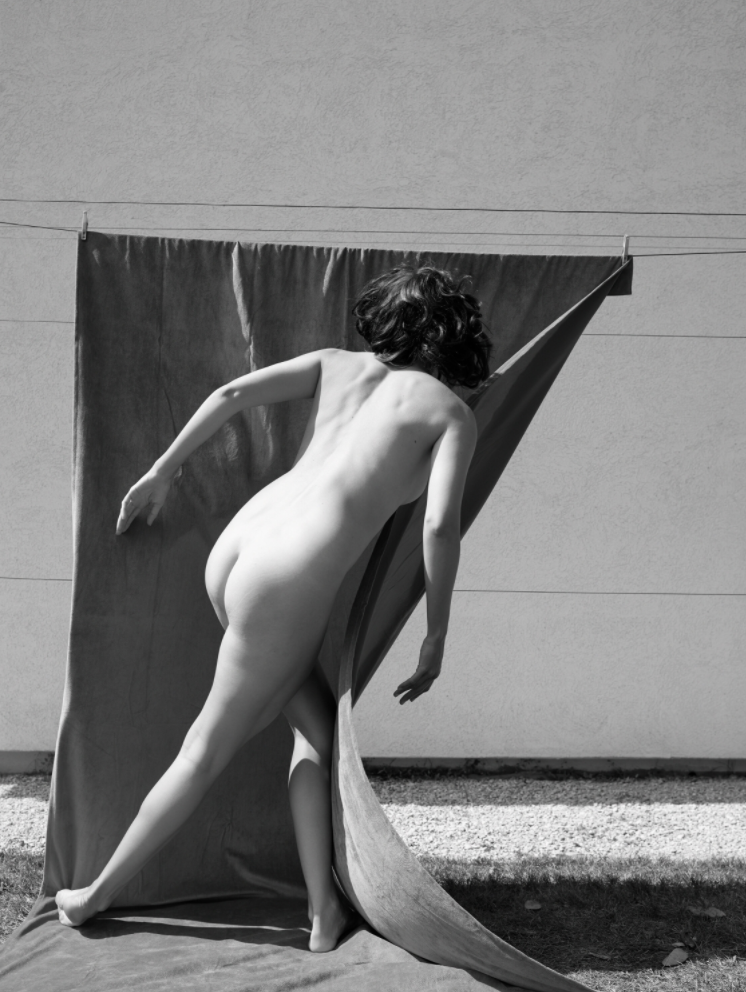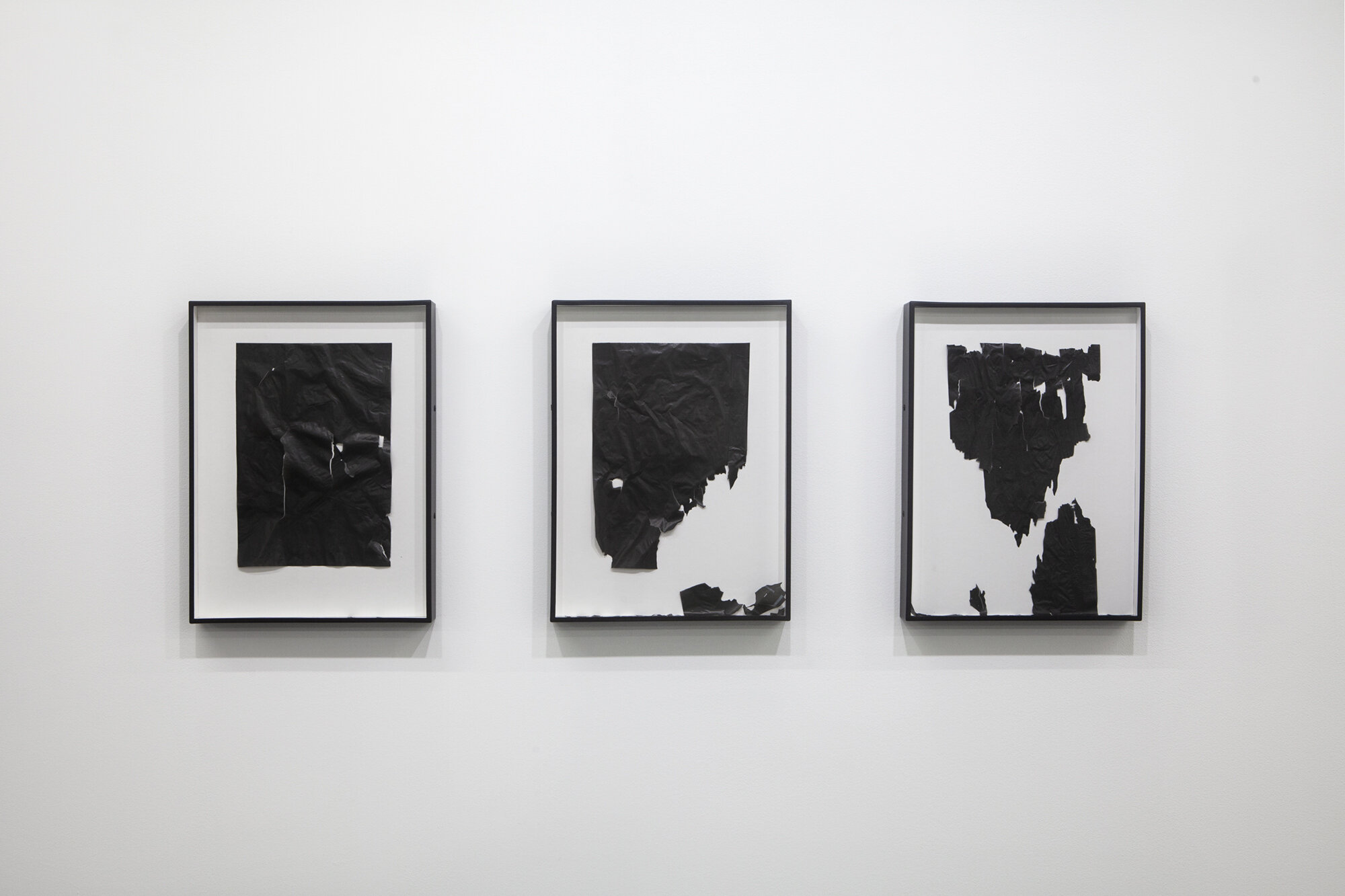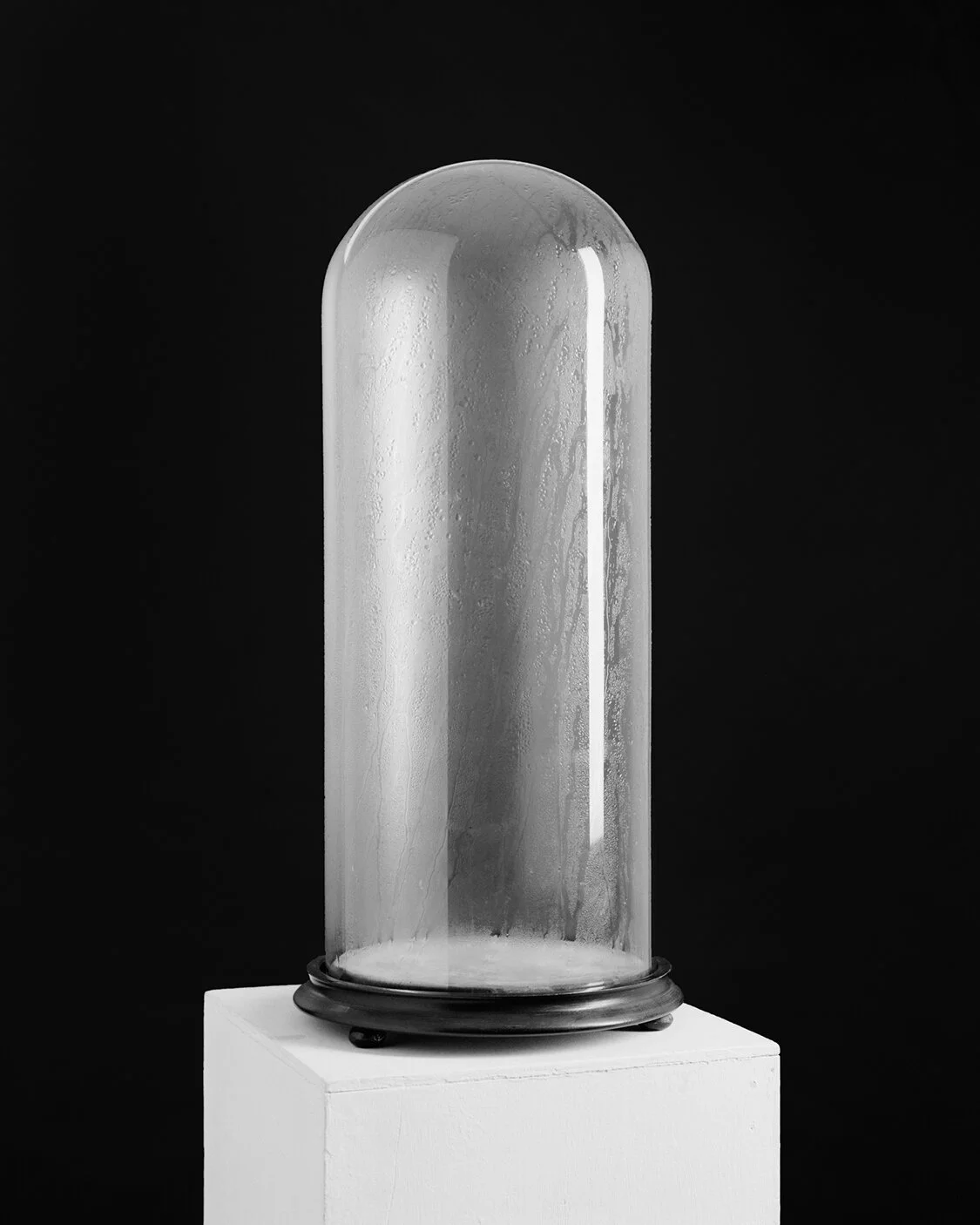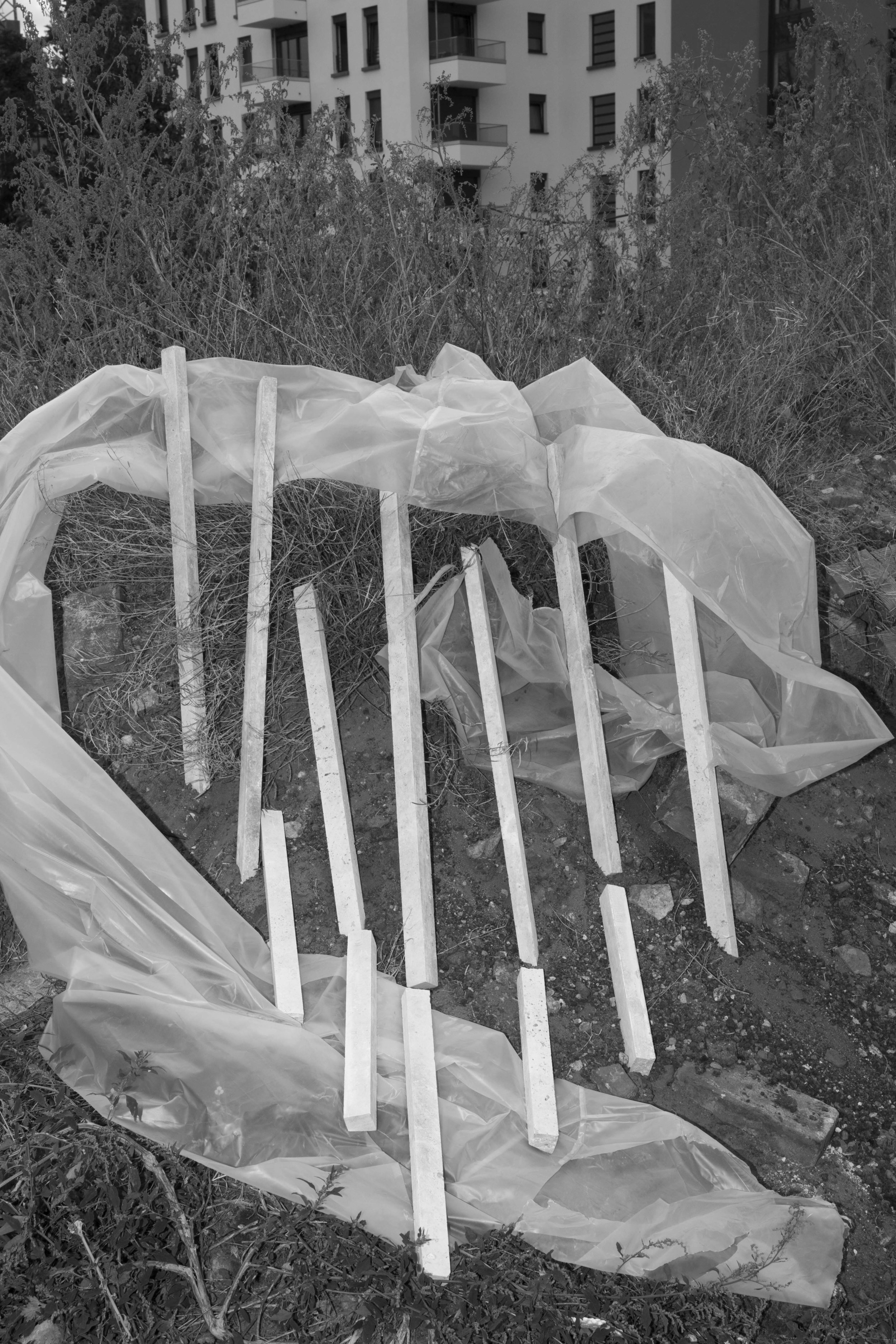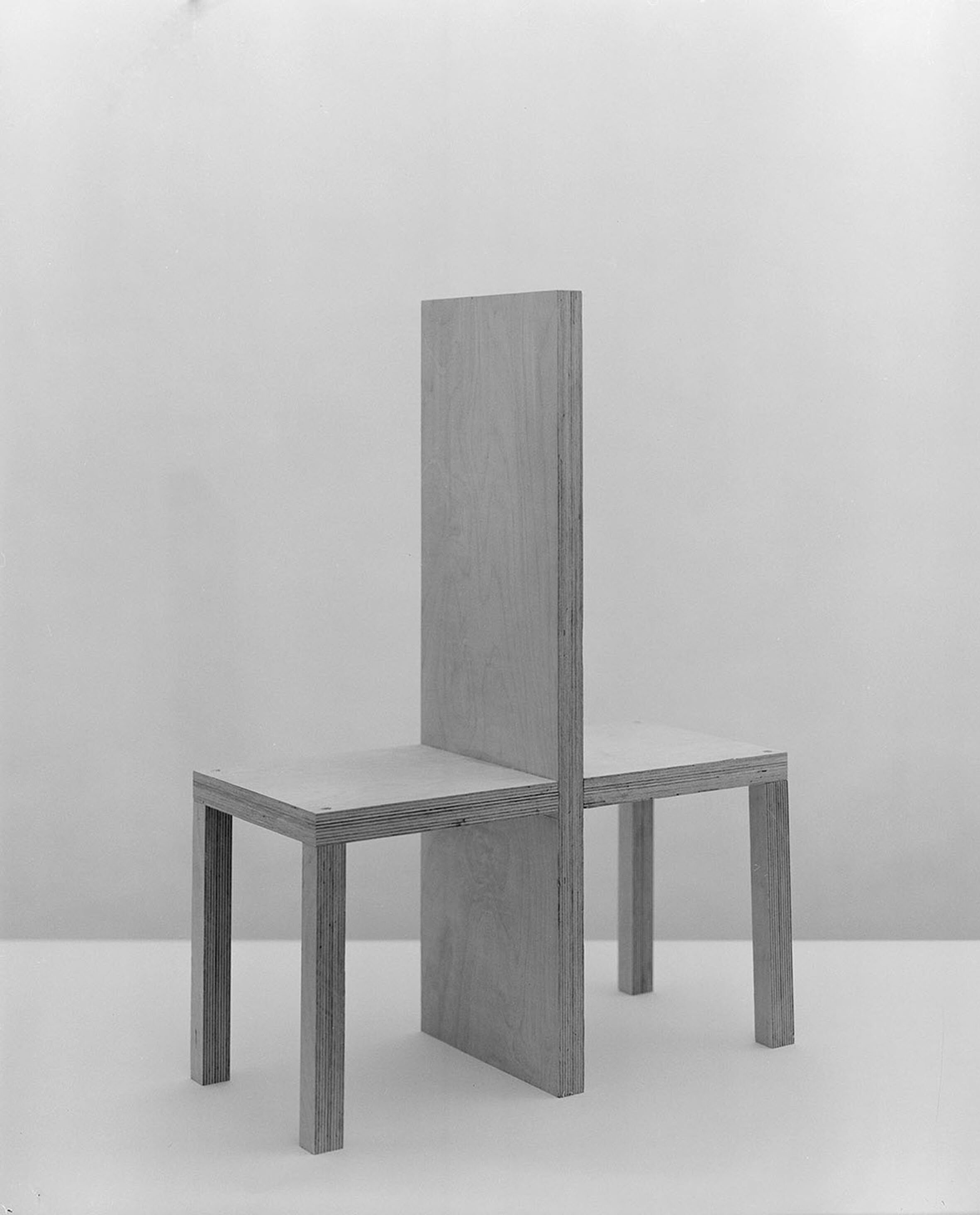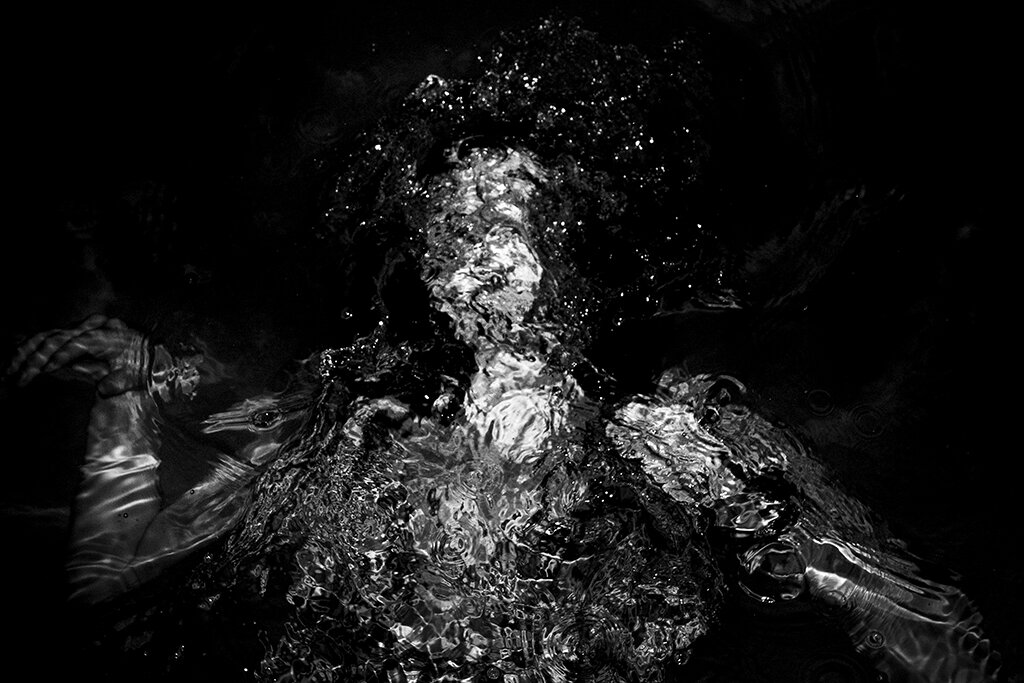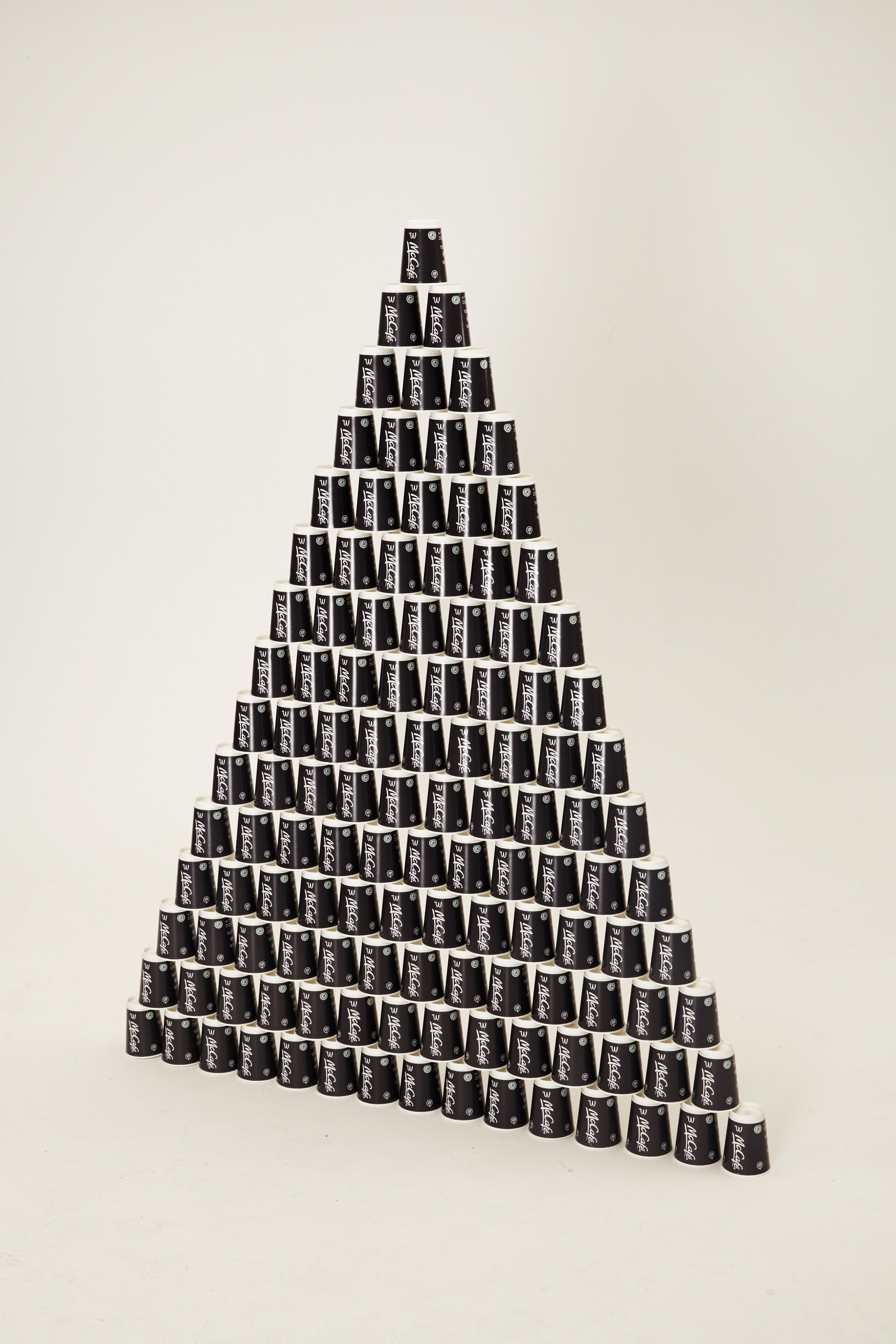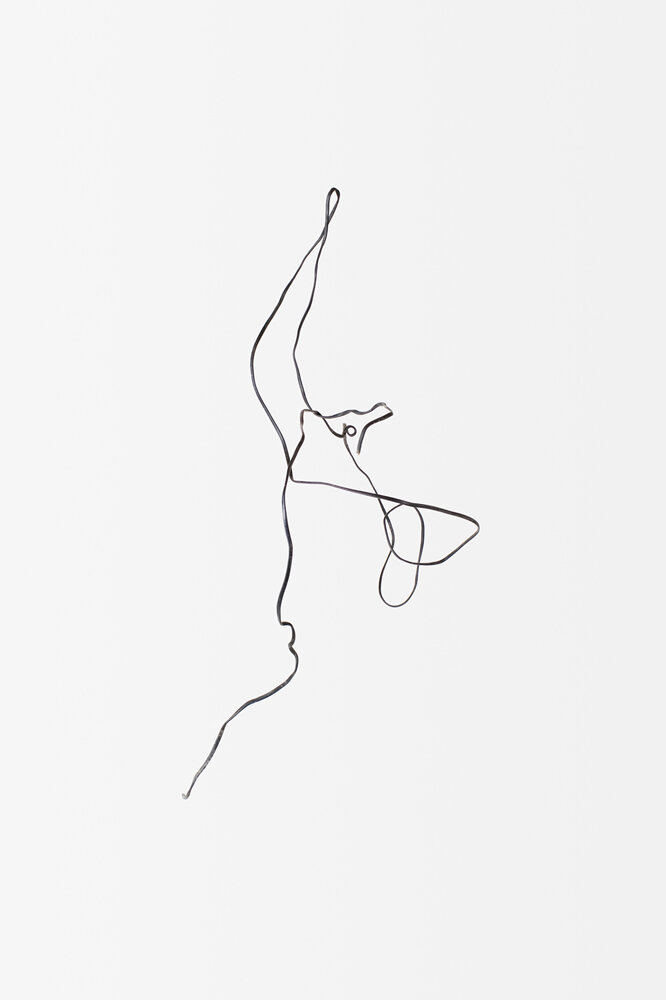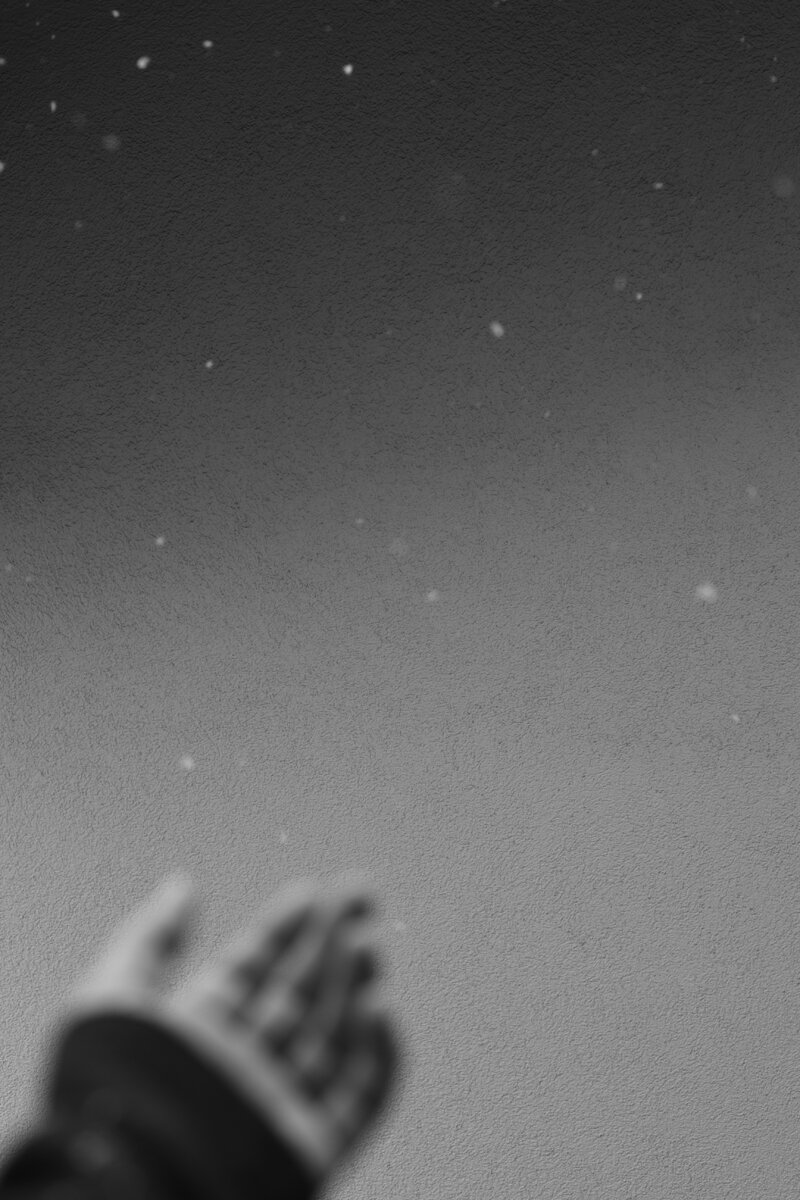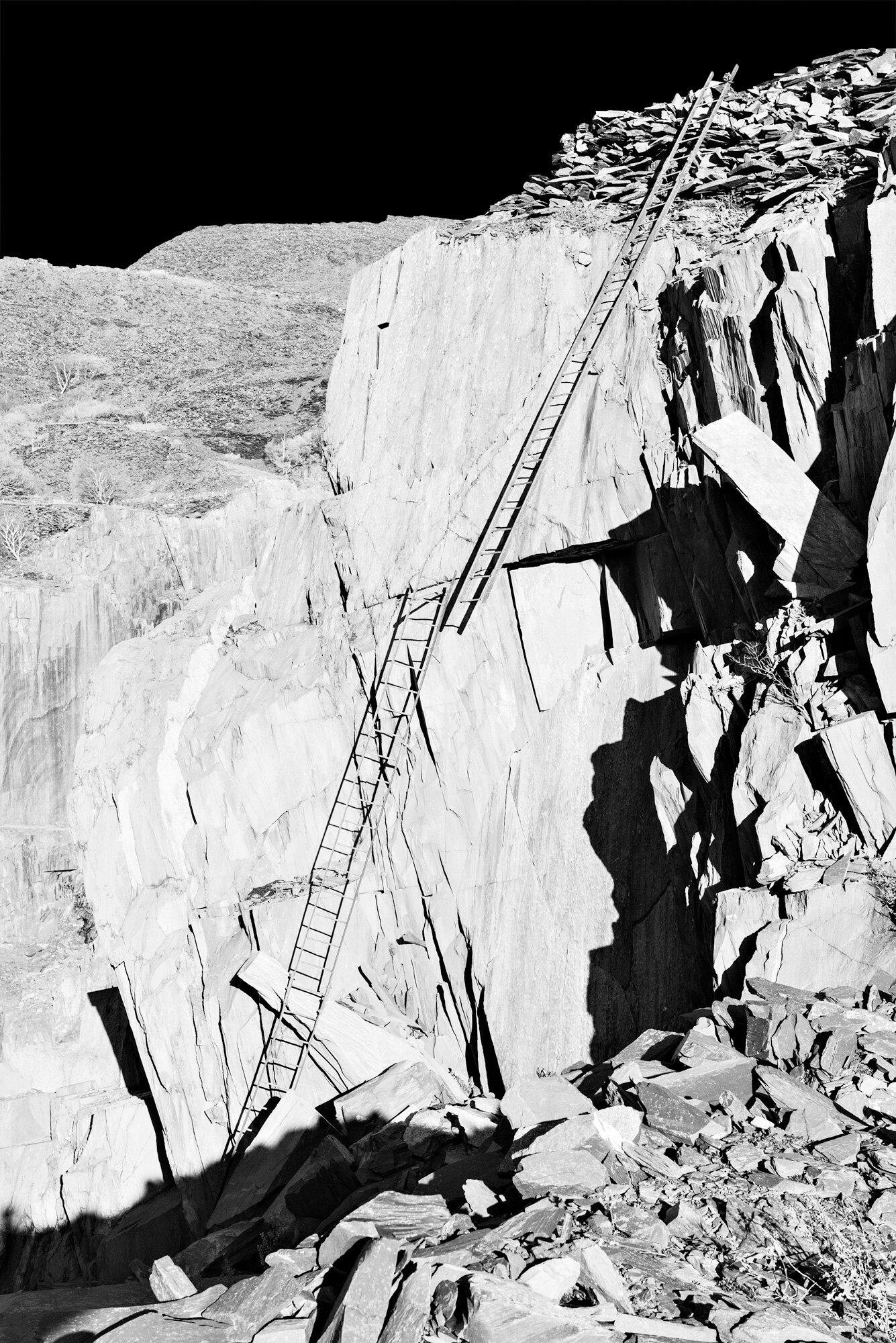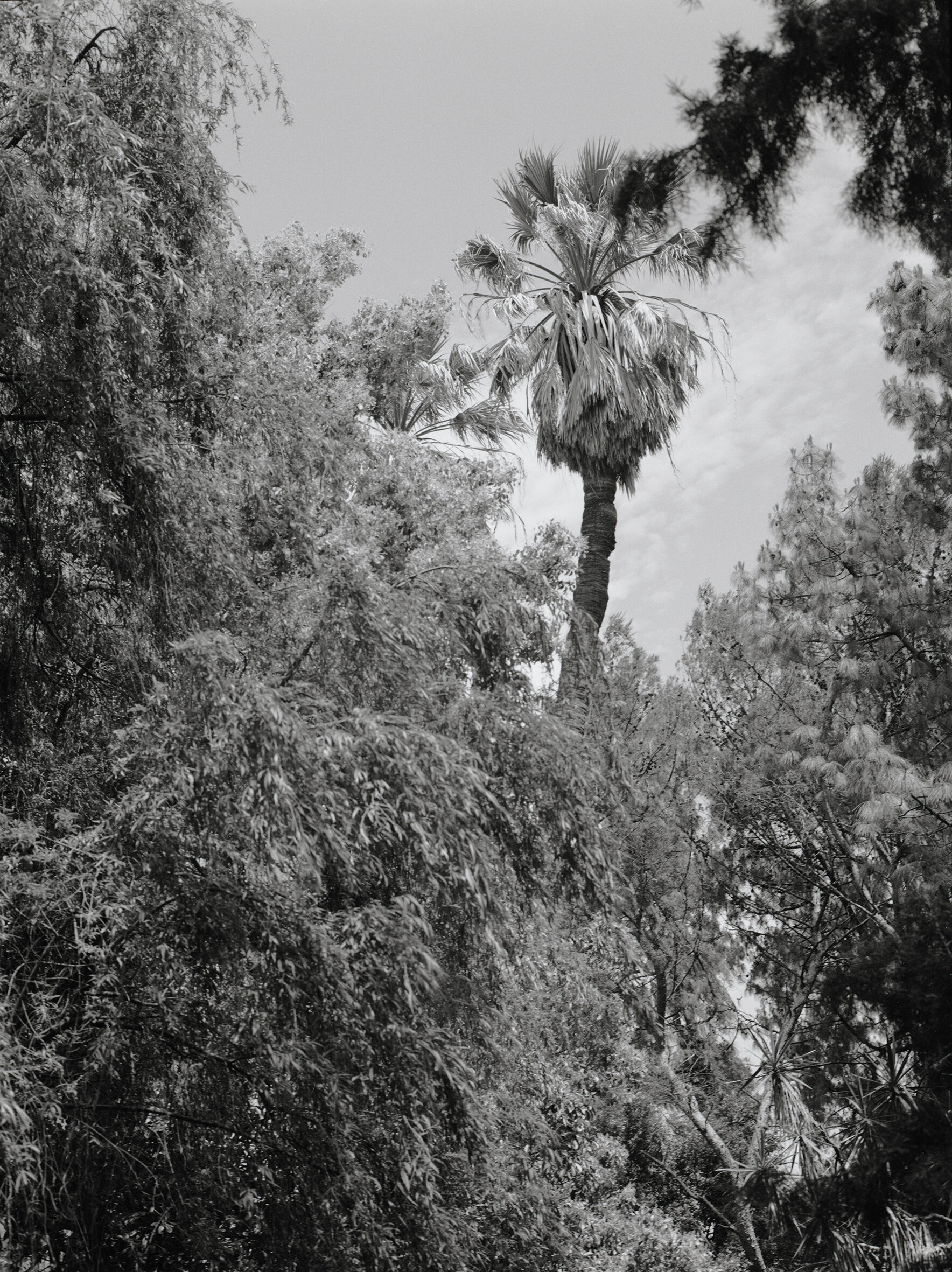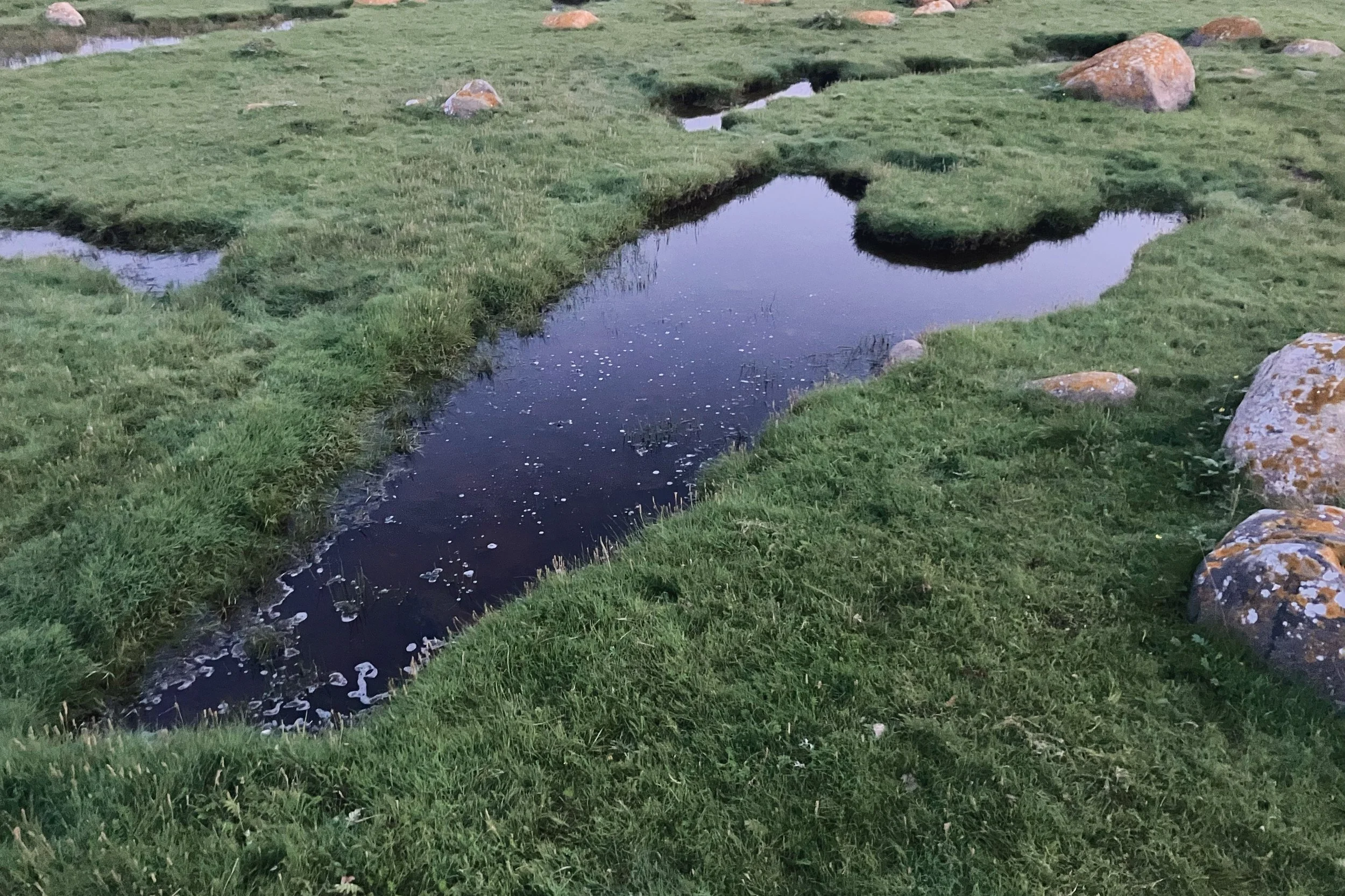Virginie Rebetez #3
COLLECTIVE 3
VIRGINIE REBETEZ
Collective focus on the artistic process of one emerging artist; we learn about their sculptural practice and how it relates to construction, deconstruction, or both. Questions by Joanna Cresswell.
Tell us about your process. What reference or influence do you take from other mediums? What are the important elements of what you do? I’m interested in in-between moments, where identity of things slowly changes shape and its outlines become blurry. I like to step into the territory between dualities, such as visible/invisible, reality/memory, archives/fiction, in which things are becoming formless and undefined; A sort of limbo of uncertainty, confusion and fragility. Inside, I appropriate myself its content left without any heirs and play with it; disappearing fragments of life, desinheritated identities or memories. By different kind of interventions, I question our concepts of identity, memory and our relationship towards death.
In my work, “Under Cover”, I started focus on these veiled tombstones because they appeared to me as the person was not really dead yet, as they were waiting for the final ceremony. This specific moment interested me a lot. First of all, I would qualify my work as investigative (a lot of work, research, is made before the actual shooting, as I often work in collaboration with institution, organization, or simply with archives material). It has also a documentary side in it, as the context is quite important in each work. The word “intervention” is also important for me, as there is always an action made to change the original subject into something new (decontextualization, putting myself in the images and so on). From my perspective there is a playful side too, even though I am dealing with difficult subjects.
Cinema, books, TV shows, as well as the newspaper (“faits divers”) are all great source of inspiration. I start to focus on a subject generally when there is a waiting, a need for closure of any kind.
Are these pictures concerned with exploring formal and aesthetical interests, or are they representational, metaphorical? What is the weight that holds these pictures together? Of course I am concerned with the formal aspect of the image (composition, colour...) in my work, but it is not the subject itself. I am much more interested in the meaning of making an image; Why is it interesting to photograph this and that? What is the meaning of creating new visual archives of this specific scene, person or object?
Are you a photographer or an artist using photography? I am definitely a photographer, even though I feel free to use sometimes other mediums, like the video or the writing for instance. I’ve always been fascinated by the photography medium; its history, how it was used in different fields (Science, Police...) and its specificities. I like to challenge them.
Does your work reflect on the medium of photography or the photographic image? If so, is that intentional? Yes, this is an important part in my work. I like to “use” the specificities of the medium and play with its dualities (visible/invisible, real/fictional). I like to question and challenge them.
Typically, are your works more about construction or deconstruction? Both actually. I deconstruct first to reconstruct something else. Explanation: I’m always using something already existing, then, by the decontextualization of it or by other ways of appropriation, this object or place acquires another identity. Our vision on it is transformed. For my work “Under Cover”, I didn’t construct anything. I found these tombstones as they were. The important part for me was to place a background, so they could become something else; sculptures, totems, veiled monuments...
Are you interested in the notion of your pictures as objects? Do you think about how their physicality may endure as you are photographing them or is that an afterthought? It is a very important part of the work, but for me this is the second part of it. So yes it is usually an afterthought. When I declare the work done, then I start thinking about the formal aspect of it; what would be the best way to show it? Which presentation would make more sense? Which format, paper, suits best the work?
Often sculptural photographic works are concerned with elevating banal objects, situations or events to a status of ‘art’ – when does something become art for you? The banal is not the subject of my work. The reason of my interest towards certain objects, places or clothes is the “traumatic” history they carry out. The new status they acquire, defined as almost holy, as they become traces of traumatic events fascinates me.
www.virginierebetez.com
The series 'Under Cover' was realized in the big cemetery of Soweto (SA), Avalon, where I put my focus on these intriguing tombstones, which are covered with different kind of materials, and so are masking the identity of the deceased. Traditionally, the tombstones veiling ceremony is part of several funeral rituals. When the tombstone is placed, it is immediately covered with fabric for a period of time going from weeks to years, until the important “unveiling ceremony”. As its name tells, during this ceremony the family will uncovered and brings to light the tombstone; a ceremony not anymore to honor the life on earth of the deceased but to celebrate his life after death. In decontextualizing them with a black background, our vision on their status is transformed; they become sculptures, silenced characters, imprisoned statues, frozen in time in waiting their revelation to the public as well as the acceptance from their relatives on their evident condition of deceased. Becoming portraits, the details of the veiling elements can be seen as hints for the discovery of these hidden identities been become in a certain way generic.
«Under Cover», Serie of 13 images, 120x90 cm, 2013 /South Africa.
Titles from top:
Untitled #1
Untitled #2
Untitled #3
Untitled #4
Untitled #5
Untitled #6
Untitled #7









